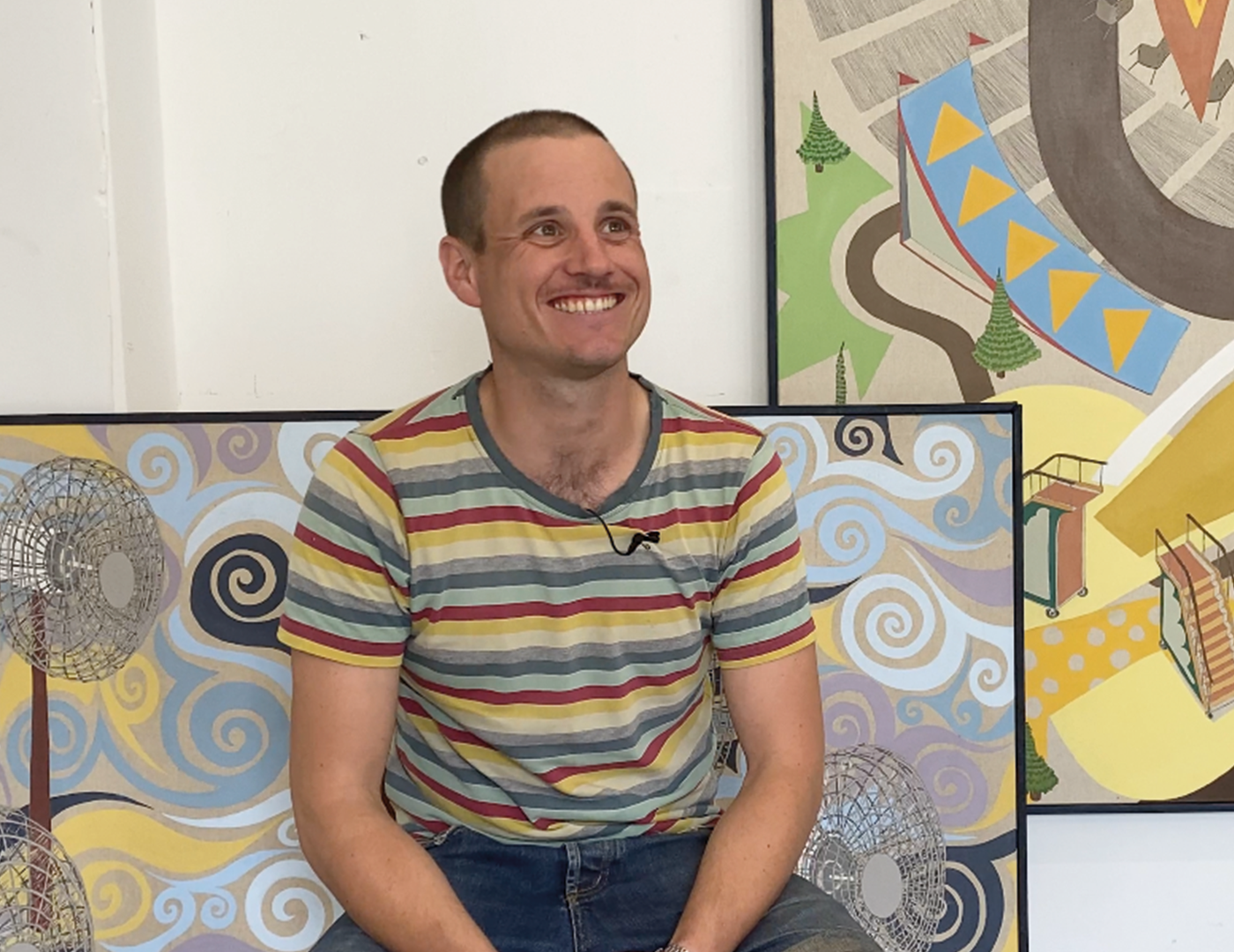The art matrix of cognitive capitalism
Art is a means to generate attention and also make sense in a society of information and noise.
[…]
Put simply, that which was only a phenomenon of the avant-garde has been standardized. The amateur plays a crucial role in educating the public, the audience; the expert user (prosumer) today co-produces software by reducing the number of bugs, provided the source code is accessible, as is the case in free software. But it is in the constitution of the devices of revelation and of capture of immaterials 2–particularly in the practices of a network of users–that contemporary art has revealed itself to be a carrier of an experience, a know-how that companies have begun to observe in their research and development departments. It is their ability to generate the immaterials of the second level that is now the measure of their capacity to retain intellectual capital.
[…]
We see that it is on the edge between the explicit and the implicit (immaterials 1 and 2), between the merchant and the non-merchant (externalities), where innovation is moving.
[…]
A new paradigm of human activity is taking place.
[…]
We use the metaphor of bee pollination to characterize the mutation of the concept of productive activity. The economic value of bees comes more from their ability to pollinate crops, especially fruits and vegetables, than of their production of honey (the ratio is 350 to 1).
[…]
If what is worth more today, economically, is the power of differentiation and of innovation, it is by the interactivity of multiple agents and the density of pollination in complex living environments that one sees improvement. The questions of organization of the measurement of creativity, the time when the brain is available, and the employment and business forms become the real challenges. The American sociologist Richard FloridaRichard Florida, The Flight of the Creative Class, The New Global Competition for Talent, New York, Harper Collins, 2006. and the economist Eric von Rippel of MITEric von Hippel, Democratizing Innovation, Harvard, MIT Press, 2005., who strongly question vertical structuring, both highlight that the innovative production systems are those organized by rhizomes, making infinite multiple networks (as in a layering plant) and are bottom up and not top down.
(This article was published in Stream 02 in 2012.)








